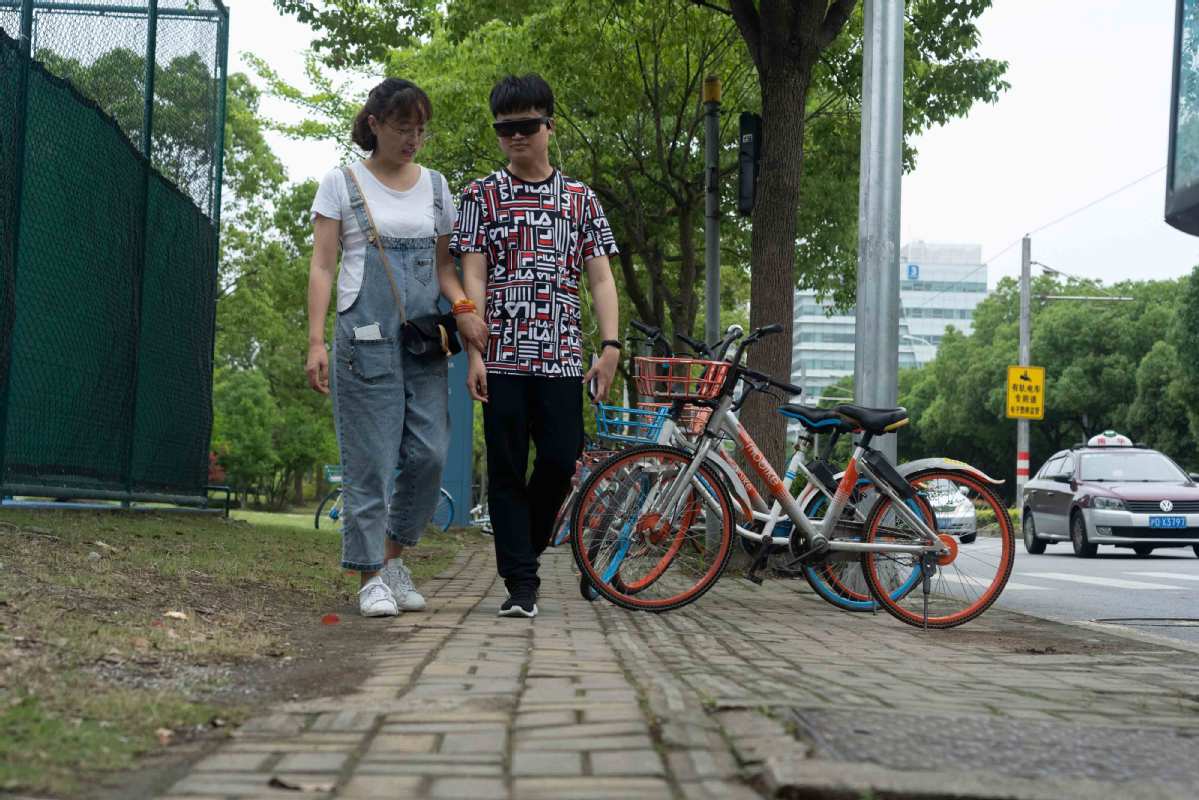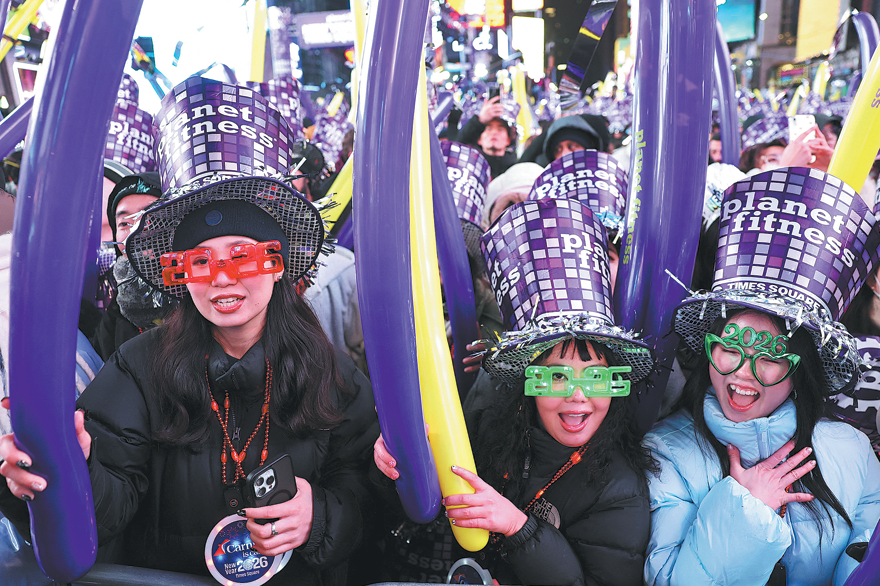AI powers the way for improved lives
By Xing Yi in Shanghai | China Daily | Updated: 2019-08-09 09:14

These include an armband with electrodes to sense muscular impulses. When the wearer first puts the band on an arm, he or she is asked to repeat a series of movements to enable the sensors to gather signals sent by the brain to the limb to perform a particular movement, such as forming a fist and turning the palm over.
Based on the data, the computer will build a customized database for an individual, and then the mechanical hands will perform movements according to what the wearer "thinks" he or she wants to do.
"At first, we just developed the armband, and wanted it to be the next-generation human-machine interactive tool for virtual reality and augmented reality devices, just like the mouse and keyboard for a computer," said Ni, who graduated from Fudan University in Shanghai and worked at several chipmakers in China and Canada before founding the startup.
When Ni demonstrated the armband with a 3D-printed mechanical hand at the Consumer Electronic Show Asia in Shanghai in 2017, many people asked him whether those with disabilities could use it as a prosthesis.
While Ni found that the VR and artificial reality markets were not ready for his products, the public's response at the electronics show made him realize the potential of his product for assistive and rehabilitative devices.
"After surveying the market for three months, I found most assistive products in China were either expensive or lagged behind in technology," he said. "I talked with many people who had lost their limbs, and though few of them wore prostheses, they all wanted to have affordable and useful artificial limbs.
"Myoelectric prostheses produced overseas cost more than 300,000 yuan ($43,620), which is too expensive for most people in China with disabilities," Ni said.
His team spent a year putting his technology into practice, and now his product costs just a quarter of the price charged by foreign brands, such as Ottobock, a German company, and Ossur from Iceland.
"It's the first prosthesis that combines sensors, robotics and artificial intelligence," Ni said, adding that it can "train" itself to respond more accurately to a user's movements.
In addition to myoelectric prostheses, the powered bionic exoskeleton suit is another futuristic device that can help those who have had a stroke or spinal cord injury to get out of a wheelchair and walk.
Fourier Intelligence, a rehabilitation robotics startup in Shanghai, launched its first lower-limb exoskeleton suit in 2017.
With sensors installed, the suit can detect how the wearer intends to move, and helps with making strides.
Last year, the company set up a joint laboratory with the University of Melbourne in Australia, and in July formed a partnership with the Shirley Ryan AbilityLab in Chicago, United States.
























